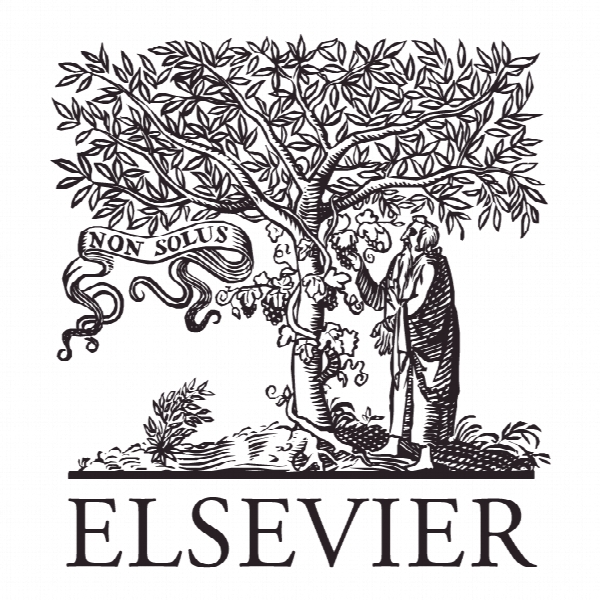تجزیه و تحلیل منابع مبتنی بر دانش مرتبط با دانش در شرکت های متنوع A resource-based analysis of realized knowledge relatedness in diversified firms
- نوع فایل : کتاب
- زبان : انگلیسی
- ناشر : Elsevier
- چاپ و سال / کشور: 2017
توضیحات
رشته های مرتبط مدیریت
گرایش های مرتبط مدیریت دانش
مجله تحقیقات بازاریابی – Journal of Business Research
دانشگاه گروه مدیریت بازرگانی، دانشکده حقوق و علوم اجتماعی، کاستیا-لامانچا، اسپانیا
نشریه نشریه الزویر
گرایش های مرتبط مدیریت دانش
مجله تحقیقات بازاریابی – Journal of Business Research
دانشگاه گروه مدیریت بازرگانی، دانشکده حقوق و علوم اجتماعی، کاستیا-لامانچا، اسپانیا
نشریه نشریه الزویر
Description
1. Introduction The increasing relevance of knowledge resources as regards firms remaining competitive in the global economy signifies that the sharing and transference of knowledge across and within firms’ boundaries have attracted more and more interest from researchers and practitioners (van Wijk, Jansen, & Lyles Marjorie, 2008; Kumar & Ganesh, 2009; Ribière & Walter, 2013). The external transfer of knowledge across firm boundaries is best exemplified by mergers and acquisitions (Azan & Sutter, 2010) and strategic alliances (Khamseh & Jolly, 2014), whereas the internal transfer of knowledge has been extensively studied in multinational corporations (Gooderham, 2007). The internal transfer of knowledge is particularly vital for related diversified firms, since the exploitation of knowledge relatedness is the cornerstone of this corporate-level diversification strategy (Breschi, Lissoni, & Malerba, 2003; Kor & Leblebici, 2005). Although many empirical studies analyze knowledge relatedness in multi-business firms (Lemelin, 1982; Markides & Williamson, 1994; Robins & Wiersema, 1995; Farjoun, 1998; Breschi et al., 2003; Tanriverdi & Venkatraman, 2005; Miller, 2006; Miller, Fern, & Cardinal, 2007; Neffke & Henning, 2013; Shin & Shin, 2013), an empirical examination of knowledge transfer within multi-business firms is lacking in literature with only a handful of exceptions (Villasalero, 2013, 2014, 2015). This research gap is the consequence of a long-standing tradition in diversification studies according to which synergies are assumed to be realized rather than ascertaining whether or not they are actually realized (Davis & Thomas, 1993). These studies consequently assess the potential knowledge relatedness within a business portfolio, whereas the realized knowledge relatedness obtained via the cross-business unit transfer of knowledge is overlooked (Bausch & Pils, 2009). Potential knowledge relatedness is usually captured by assessing the similarities between resource profiles throughout the SIC-based industries in which diversified firms are involved (Sambharya, 2000). However, the fact that externally-defined industries rely on common resources does not guarantee that the diversified firms that are active in those industries will pursue such inter-industry linkages internally (Pehrsson, 2006a). Diversified firms actually exploit the common resources within their industry portfolios in as much as the divisions into which they are organized are involved in knowledge exchange within the corporate network (Tsai, 2001). The intra-network knowledge flows are therefore a reliable indicator of the diversified firms’ efforts to mobilize knowledge relatedness in actual terms. Rather than observing the corporation as whole, the study of realized knowledge relatedness imposes the need to adopt a fine-grained perspective based on the business unit level as the unit of analysis (Hauschild & Knyphausen-Aufseß, 2013).


